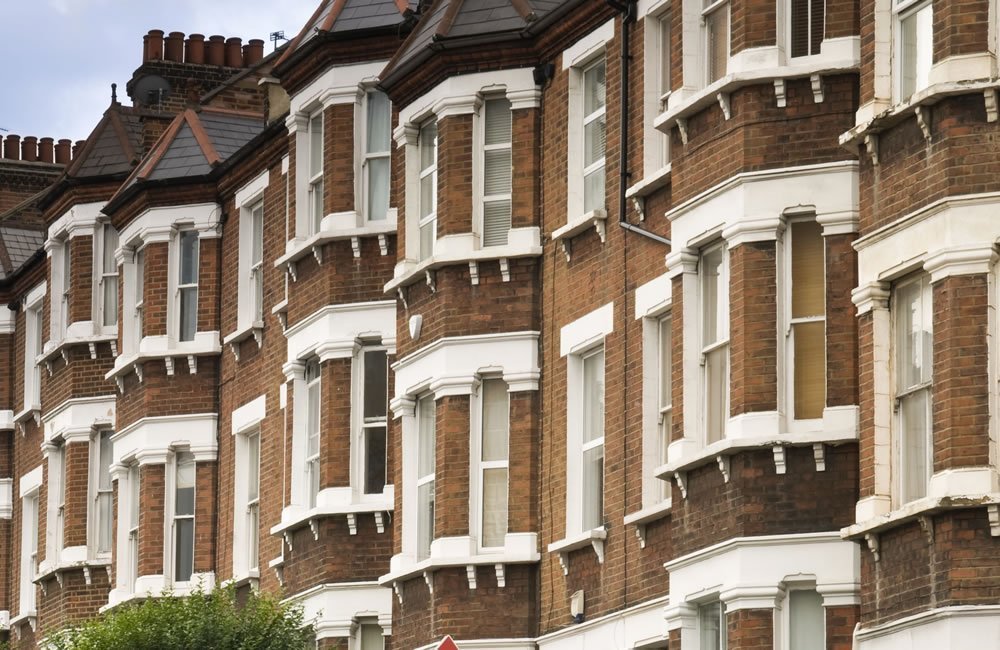Investing in HMOs
It comes as no surprise to me that the mortgage trade press is constantly full of stories around affordability issues; the cost-of-living crisis, record levels of inflation and relatively high mortgage rates mean that borrowers have been struggling to remortgage, while budding first-time buyers are finding it more difficult than ever to make the numbers work.
These economic factors are also hitting renters hard. Their disposal incomes are being equally impacted by rising prices and energy bills, and they are seeing rents continue to rise. According to the Deposit Protection Service (DPS), 75% of landlords who are planning to remain in buy-to let during the next few years have either increased rents during the past 12 months (40%) or are planning to do so in the near future (35%).
As a consequence, many renters are looking at alternatives to their current arrangements. According to a recent report from a specialist lender, over a quarter of people have considered moving to a new area and 19% have considered downsizing to reduce their housing costs as a result of the cost-of-living crisis.
So what does this mean? I believe one result is that we will continue to see rising tenant demand for Houses in Multiple Occupation (HMOs) from property investors, who will either seek to buy existing HMOs or convert houses into HMOs.
The definition of an HMO is a property occupied/shared by three or more tenants not from the same family. One of the attractions of HMOs is that they tend to provide better yields than ‘vanilla’ buy-to-let properties. As landlords receive income per room rather than for the whole property, monthly earnings could be up to three times as much. Of course, this does tend to mean that these properties command premium asking prices, which is why conversion to HMOs is a popular course of action for landlords.
In addition, rental income is much less likely to be adversely affected by void periods as it’s unlikely that all tenants in an HMO will leave at the same time.
HMO financing
For those property investors who are looking to convert an existing property into an HMO, bridging finance is an ideal solution for funding. An unregulated bridging loan can be used for both the purchase of the property and to meet the costs of conversion.
Because a borrower can pay the bridging loan at the end of the term and not via monthly instalments, this means they can afford to pay for the conversion at a time when they’re not generating rental income from their property. Once the conversion to an HMO is complete, they can then exit the bridge by switching to a specialist buy-to-let term loan.
It’s important that investors do their homework before embarking on the HMO journey, as they are required to obtain a licence from the Local Council Housing Department, validating the property's proper management and safety standards compliance (renewable every three years).
In addition, many local authorities have been issuing Article 4 Directions, which require landlords to obtain planning permission for conversions that normally fall under Permitted Development. This has been done to stop the spread of HMOs in specific areas.
At London Credit, we’re very experienced in providing funds for HMOs and brokers whose clients are in the market should get in touch with their local BDM. We can help with purchase and/or conversion, at a time when demand for HMOs continues to rise.
Marios Theophanous, Credit Manager at London Credit




